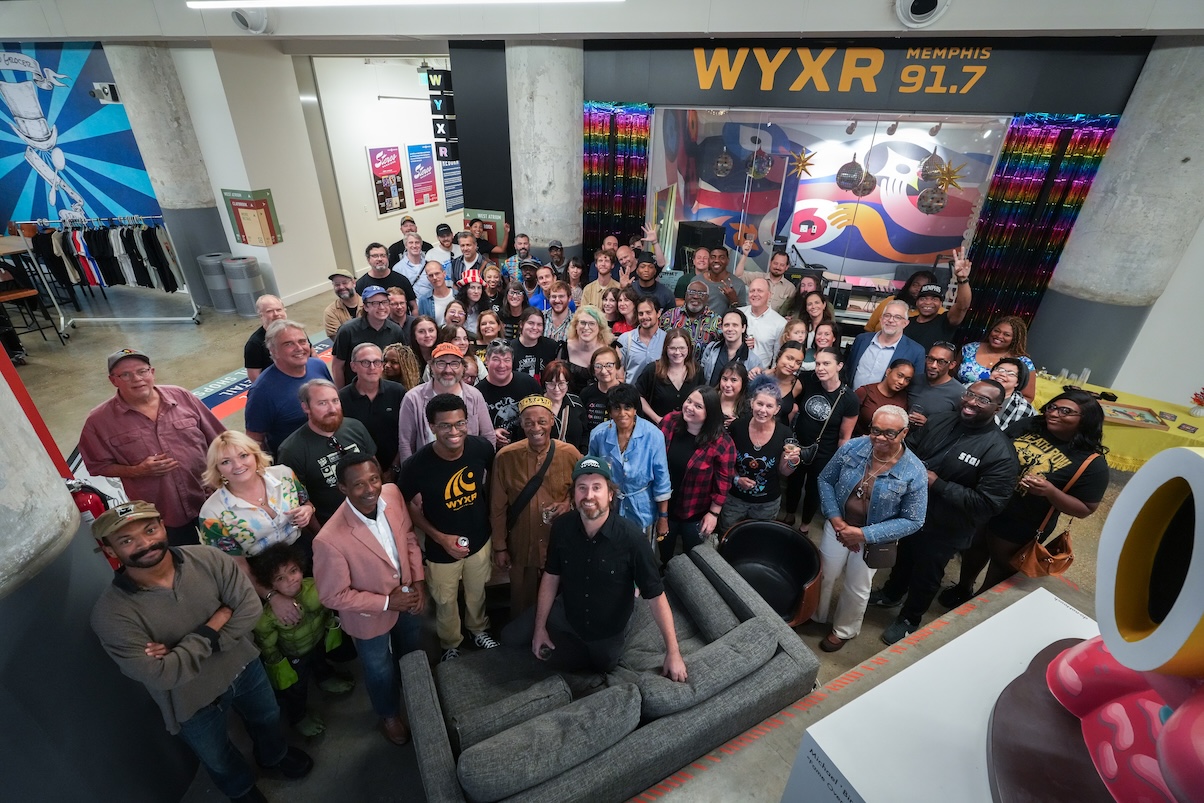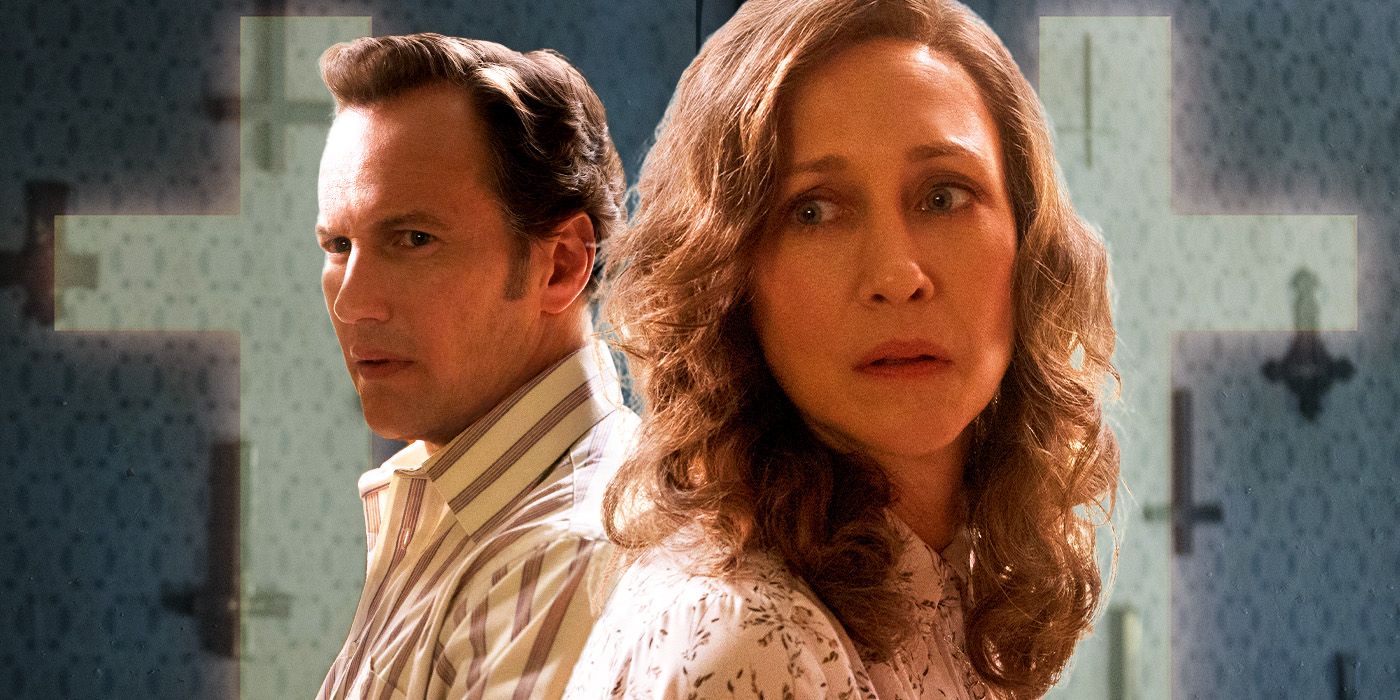Related Images | “Bad for a Moment”
Bad for a Moment is now showing on MUBI.Bad for a Moment (Daniel Soares, 2024).A few years ago, I stumbled upon a video on YouTube of a strange new form of entertainment: grown-ups destroying things for fun. So-called “Car Smash” or “Rage Room” venues, where you can pay to demolish cars or other objects without consequences, are popping up everywhere, including here in Portugal. Apparently, destroying things together brings people closer and offers a brief escape from their problems. It's being sold as a kind of therapy, a temporary release. Some companies even use it for staff team-building, pitching it as a fun way to unwind and boost morale.At the same time, I remember turning on the news and seeing groups of angry teenagers destroying cars in the suburbs of major European cities. There seemed to be little interest in understanding the rage driving these kids. Instead, the media’s hateful narratives were quickly absorbed and echoed by the public.I became intrigued by the almost philosophical idea of having a space where you can unleash your anger in order to be a better person outside of it. This curiosity led me deeper into the origins and consequences of anger, guided by the writings of Seneca, whose work accompanied me throughout the research and character-development process.Left: On the Shortness of Life by Lucius Annaeus Seneca (translated by Damian Stevenson). Right: On Anger by Lucius Annaeus Seneca (translated by Roger L'estrange). Photograph courtesy of the author.Destruction is at the heart of this film. The question is: at whose expense? As Lisbon undergoes a violent gentrification process, I couldn’t help but draw a connection to those staged car-smashing events. It felt like the same logic: People taking over, destroying, and profiting at the expense of someone else. Humanity simply keeps finding more polished, socially acceptable ways of doing it.I was interested in making a film about an architect who, though not directly responsible for the destruction of neighborhoods, is still entangled in the machinery of gentrification. Torn between his need to make a living and his moral compass, he’s long understood that his work contributes to a process that ultimately does more harm than good, yet he keeps going. It’s this sense of modern-day helplessness that I wanted to explore. The film delves into a quiet, pervasive dilemma that many people face in their daily jobs but rarely confront: How long can you keep convincing yourself to follow the system’s demands, even when they betray your own beliefs? How does one live with guilt and still maintain a clean conscience? I knew I had to find a way to be vulnerable and truly inhabit the character. That was probably the hardest part of this project and took me about a year to figure out. To do that, I drew from my own past, specifically my past experience of working in advertising. The discomfort, the rationalizations, and the strange distance you start to feel from yourself all found their way into the film.In the readings of Seneca there was one sentence which specifically stuck with me: “No one can deceive their own conscience, though they can deceive the whole world.”Location scouting. Photographs by the author.The irony, of course, is that Adriano is also a victim of the very system he sustains, exploited by the relentless, hollow rhythm of the corporate machine. I wanted to make a film where the two sides of the gentrification process collide. Digital dog casting with the help of NOZ Arquitectura.I also wanted to leave space for the viewer, offering an open door to interpret and construct meaning through the images. For me, this film is an invitation to reflect and to think. We tried never to depict violence in a sensationalist way. We wanted to avoid falling into the trap of the overly dramatic or predictable. Instead, we often obstructed the viewer’s line of sight, panned the camera away from the action, or let scenes unfold offscreen. It’s very important for me to trust the viewer’s imagination instead of dictating their response.Architecture itself became part of the film’s grammar. Adriano is always shielded, be it by his luxury car, his office, behind his computer screen, or by his social status. Even in the junkyard, he’s surrounded by his co-workers and a wall of wrecked cars. The kids, on the other hand, are introduced alone. No shelter. No buffer. When they start destroying his car, they lure him out of his protected bubble. Suddenly, he’s face-to-face with a new reality.Behind the scenes. Photographs courtesy of the author.I'm incredibly grateful to have worked with such a wonderful cast. The collaboration with all actors and particularly João Vilas-Boas was truly special to me. He brought a lot of generosity and ideas to the development of the Adriano character. This film wouldn’t have been possible without the dedication of our incredible, tireless crew. Poster design by Aimée Perrin (Sad Dog Studios).

Bad for a Moment is now showing on MUBI.

Bad for a Moment (Daniel Soares, 2024).
A few years ago, I stumbled upon a video on YouTube of a strange new form of entertainment: grown-ups destroying things for fun. So-called “Car Smash” or “Rage Room” venues, where you can pay to demolish cars or other objects without consequences, are popping up everywhere, including here in Portugal. Apparently, destroying things together brings people closer and offers a brief escape from their problems. It's being sold as a kind of therapy, a temporary release. Some companies even use it for staff team-building, pitching it as a fun way to unwind and boost morale.
At the same time, I remember turning on the news and seeing groups of angry teenagers destroying cars in the suburbs of major European cities. There seemed to be little interest in understanding the rage driving these kids. Instead, the media’s hateful narratives were quickly absorbed and echoed by the public.
I became intrigued by the almost philosophical idea of having a space where you can unleash your anger in order to be a better person outside of it. This curiosity led me deeper into the origins and consequences of anger, guided by the writings of Seneca, whose work accompanied me throughout the research and character-development process.

Left: On the Shortness of Life by Lucius Annaeus Seneca (translated by Damian Stevenson). Right: On Anger by Lucius Annaeus Seneca (translated by Roger L'estrange). Photograph courtesy of the author.
Destruction is at the heart of this film. The question is: at whose expense? As Lisbon undergoes a violent gentrification process, I couldn’t help but draw a connection to those staged car-smashing events. It felt like the same logic: People taking over, destroying, and profiting at the expense of someone else. Humanity simply keeps finding more polished, socially acceptable ways of doing it.
I was interested in making a film about an architect who, though not directly responsible for the destruction of neighborhoods, is still entangled in the machinery of gentrification. Torn between his need to make a living and his moral compass, he’s long understood that his work contributes to a process that ultimately does more harm than good, yet he keeps going. It’s this sense of modern-day helplessness that I wanted to explore. The film delves into a quiet, pervasive dilemma that many people face in their daily jobs but rarely confront: How long can you keep convincing yourself to follow the system’s demands, even when they betray your own beliefs? How does one live with guilt and still maintain a clean conscience?
I knew I had to find a way to be vulnerable and truly inhabit the character. That was probably the hardest part of this project and took me about a year to figure out. To do that, I drew from my own past, specifically my past experience of working in advertising. The discomfort, the rationalizations, and the strange distance you start to feel from yourself all found their way into the film.
In the readings of Seneca there was one sentence which specifically stuck with me: “No one can deceive their own conscience, though they can deceive the whole world.”

Location scouting. Photographs by the author.
The irony, of course, is that Adriano is also a victim of the very system he sustains, exploited by the relentless, hollow rhythm of the corporate machine. I wanted to make a film where the two sides of the gentrification process collide.

Digital dog casting with the help of NOZ Arquitectura.
I also wanted to leave space for the viewer, offering an open door to interpret and construct meaning through the images. For me, this film is an invitation to reflect and to think.
We tried never to depict violence in a sensationalist way. We wanted to avoid falling into the trap of the overly dramatic or predictable. Instead, we often obstructed the viewer’s line of sight, panned the camera away from the action, or let scenes unfold offscreen. It’s very important for me to trust the viewer’s imagination instead of dictating their response.
Architecture itself became part of the film’s grammar. Adriano is always shielded, be it by his luxury car, his office, behind his computer screen, or by his social status. Even in the junkyard, he’s surrounded by his co-workers and a wall of wrecked cars. The kids, on the other hand, are introduced alone. No shelter. No buffer. When they start destroying his car, they lure him out of his protected bubble. Suddenly, he’s face-to-face with a new reality.

Behind the scenes. Photographs courtesy of the author.
I'm incredibly grateful to have worked with such a wonderful cast. The collaboration with all actors and particularly João Vilas-Boas was truly special to me. He brought a lot of generosity and ideas to the development of the Adriano character.
This film wouldn’t have been possible without the dedication of our incredible, tireless crew.

Poster design by Aimée Perrin (Sad Dog Studios).




















_ElenaBs_Alamy.jpg?width=1280&auto=webp&quality=80&disable=upscale#)




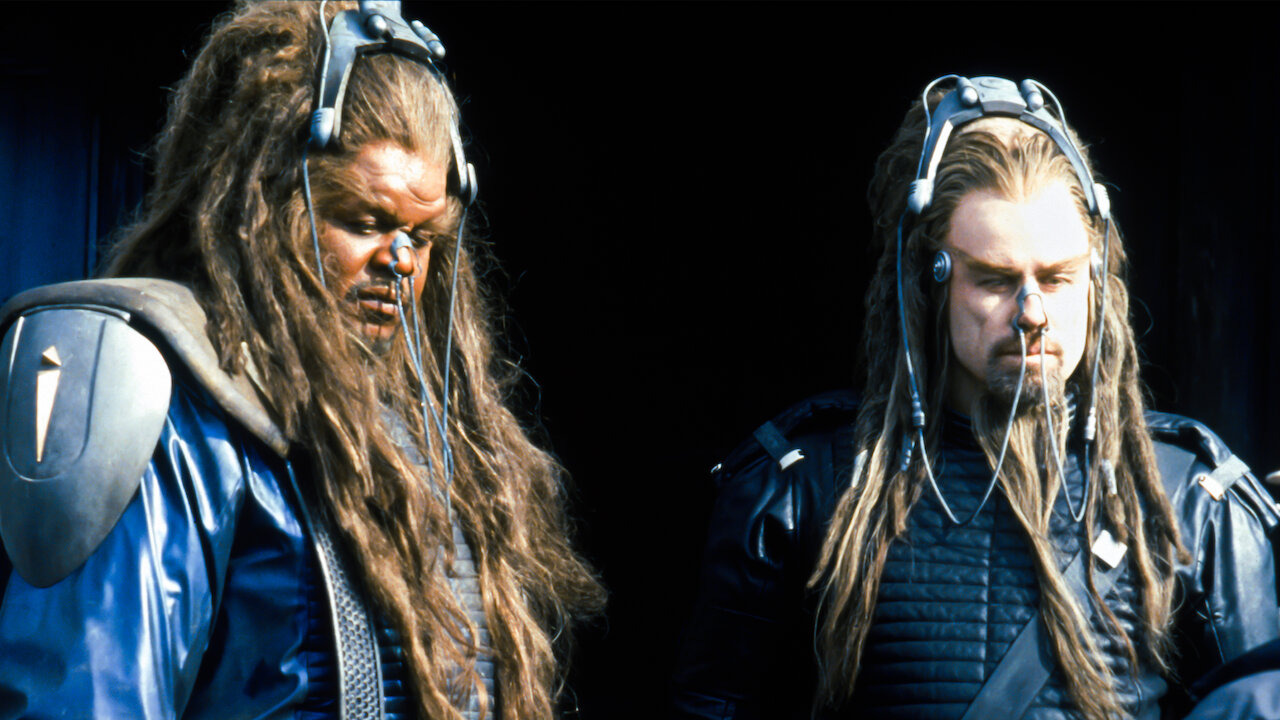

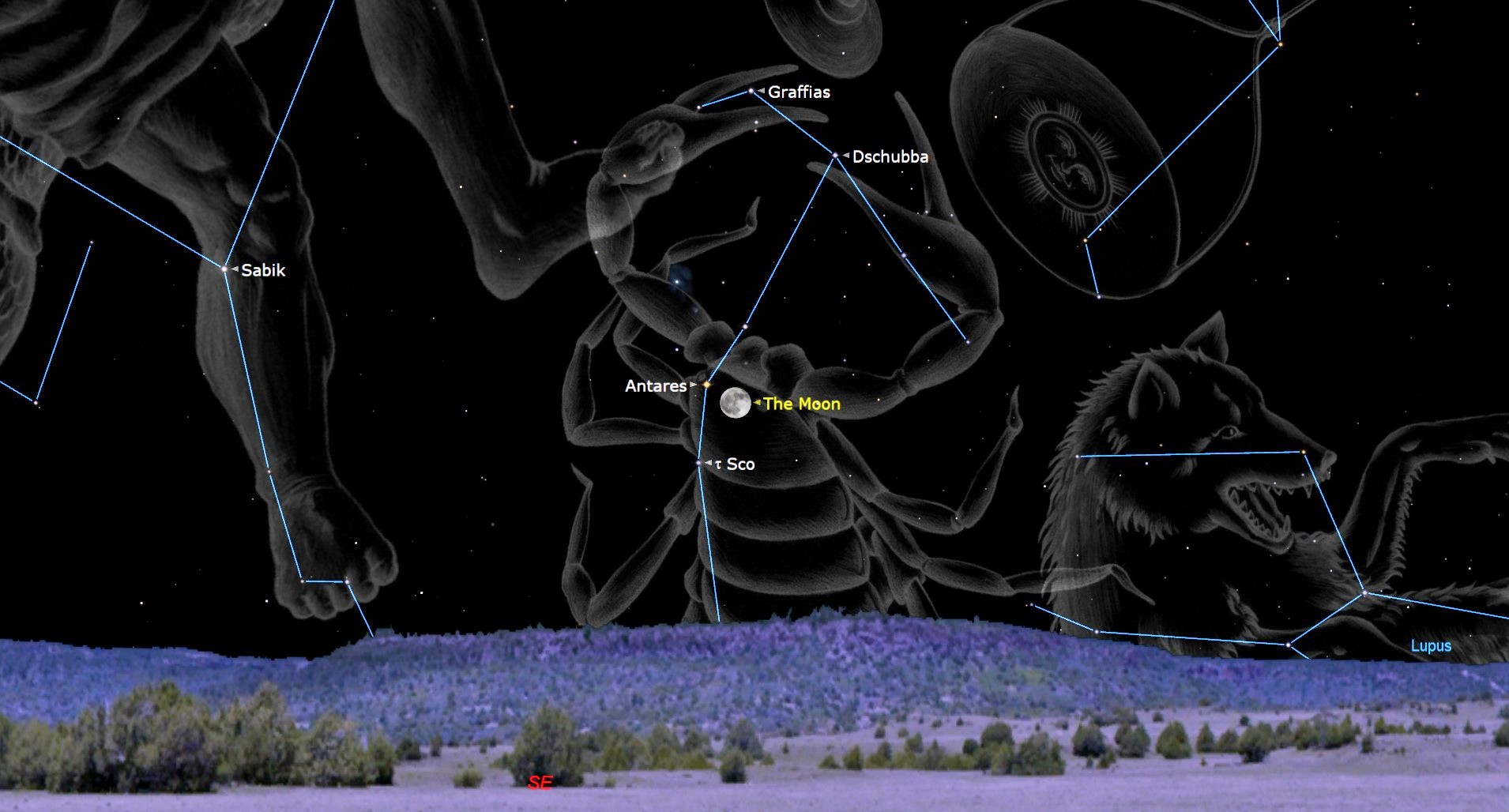








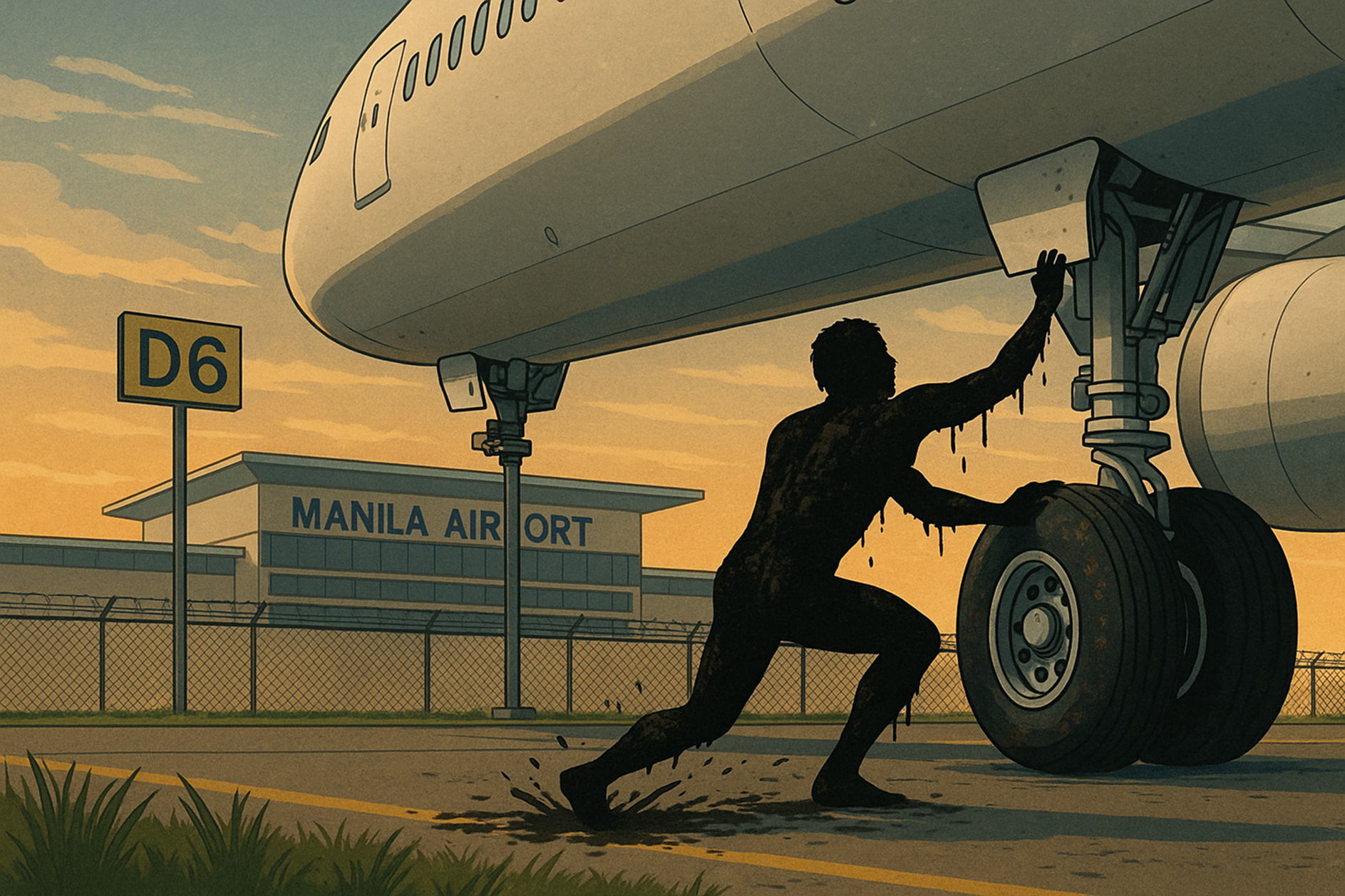

![Bitten By Bed Bugs At Luxor—Rushed To Hospital, All They Did Was Waive Her Resort Fee. Now She’s Suing [Roundup]](https://viewfromthewing.com/wp-content/uploads/2025/05/luxor.jpg?#)















